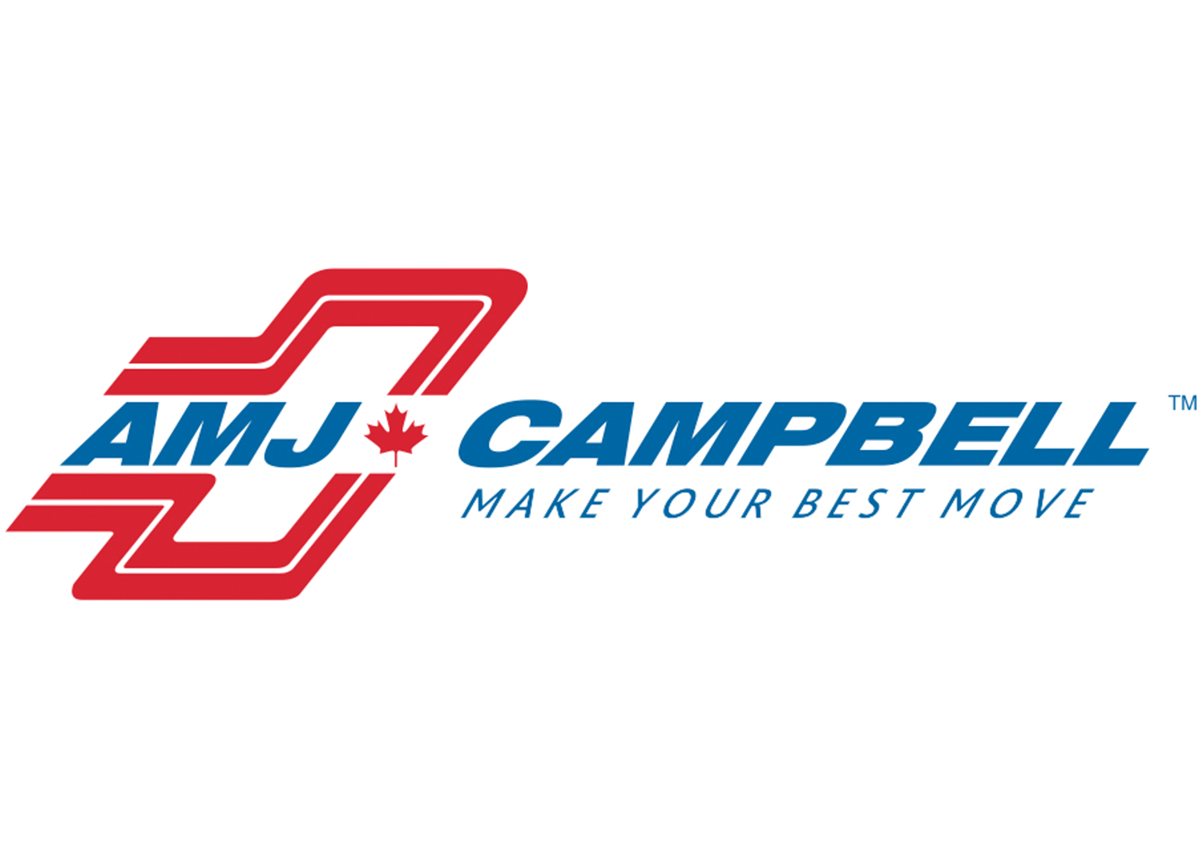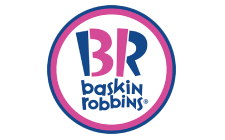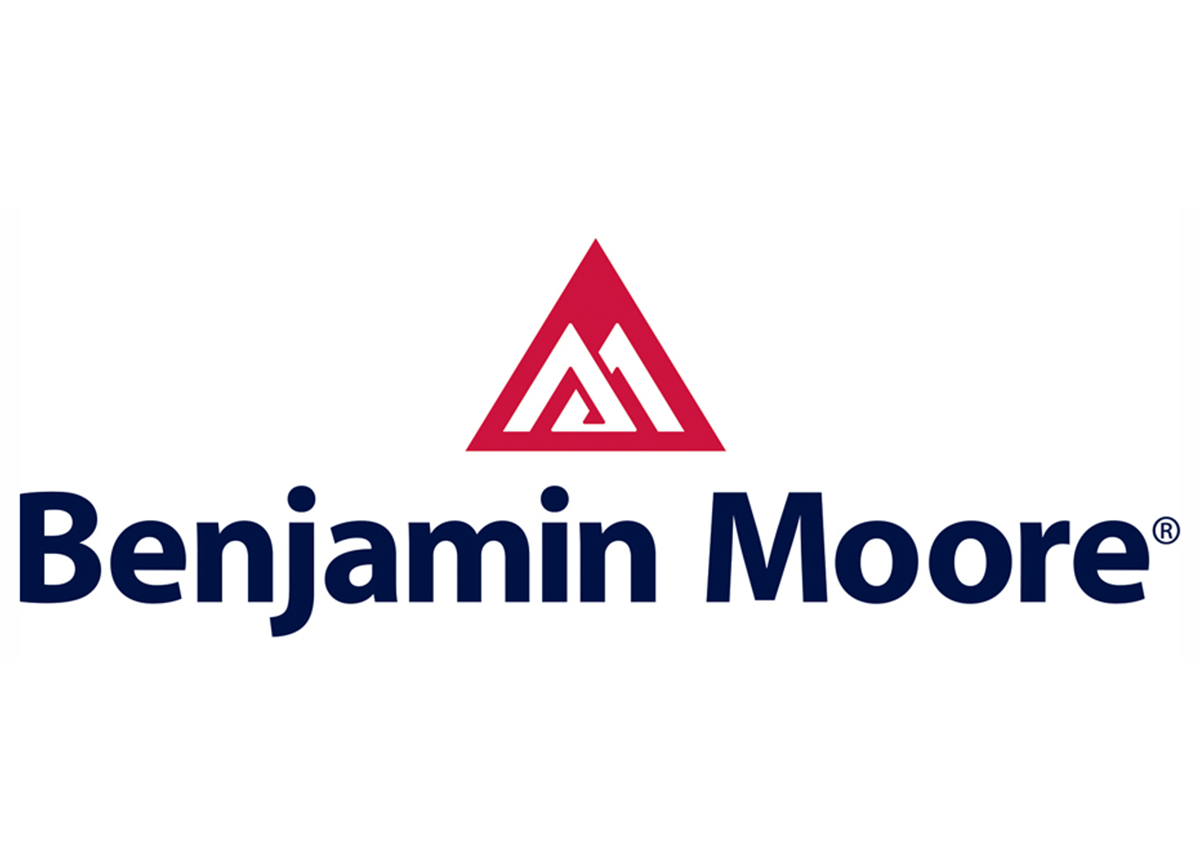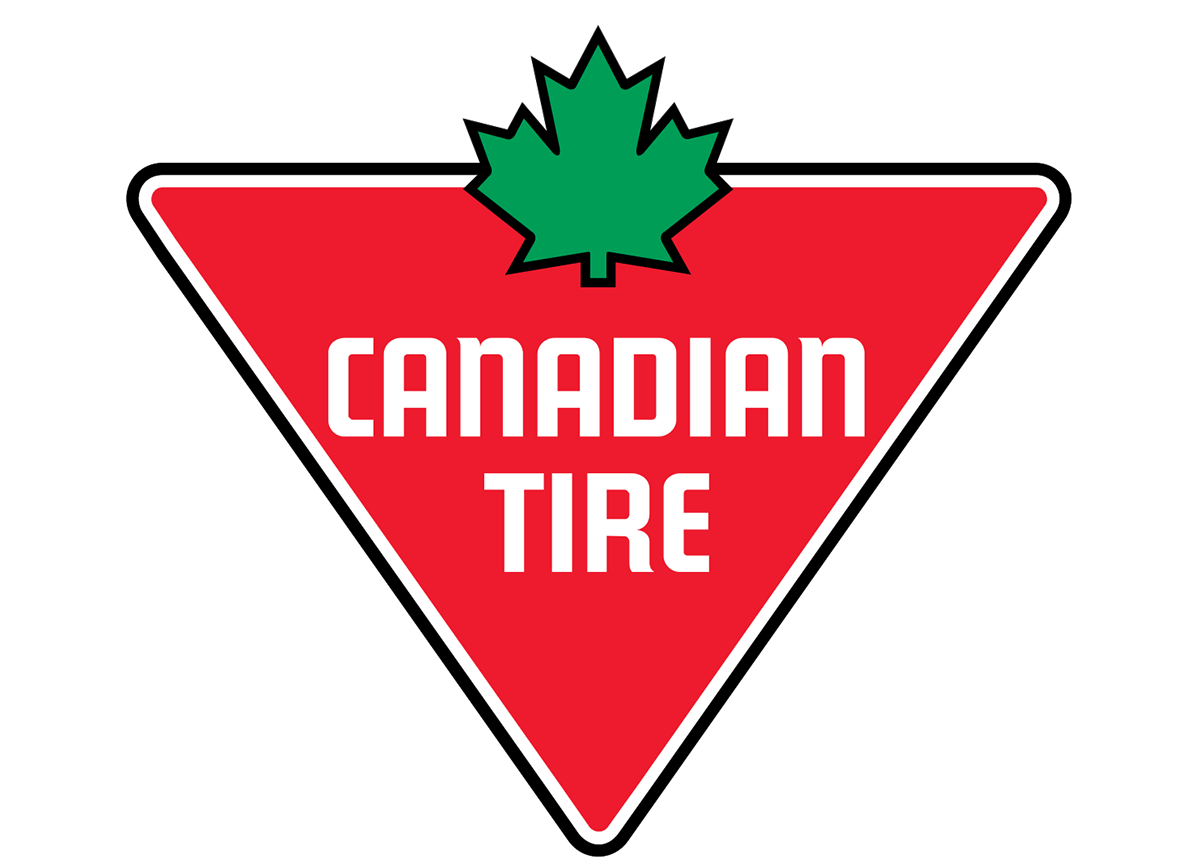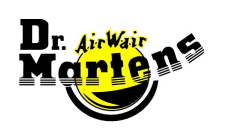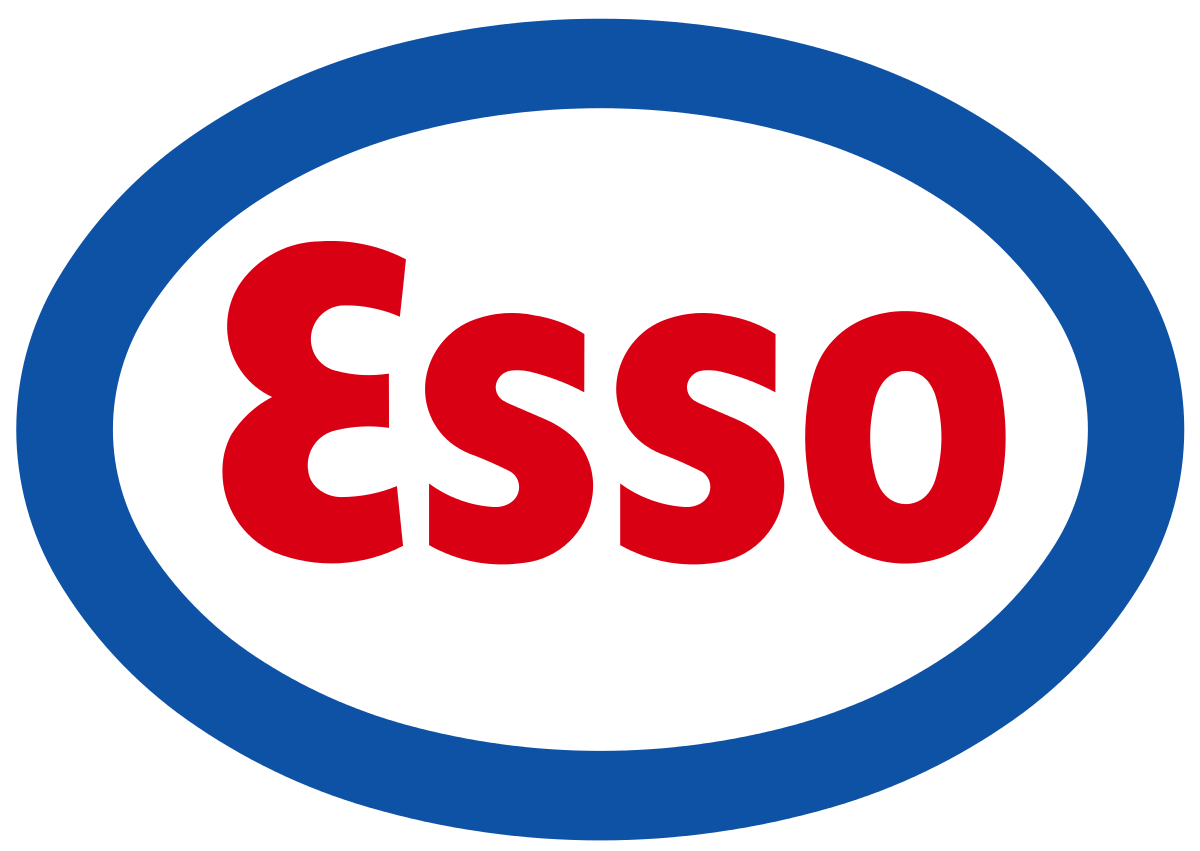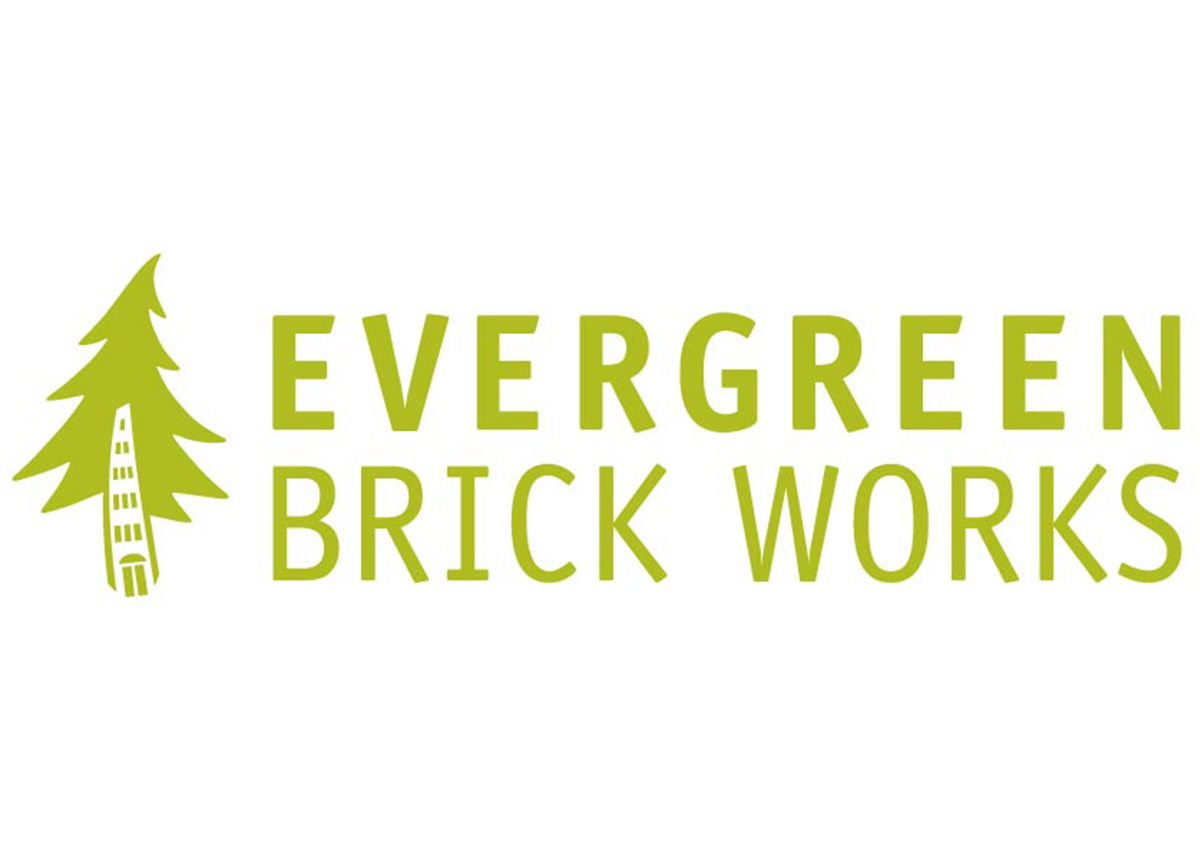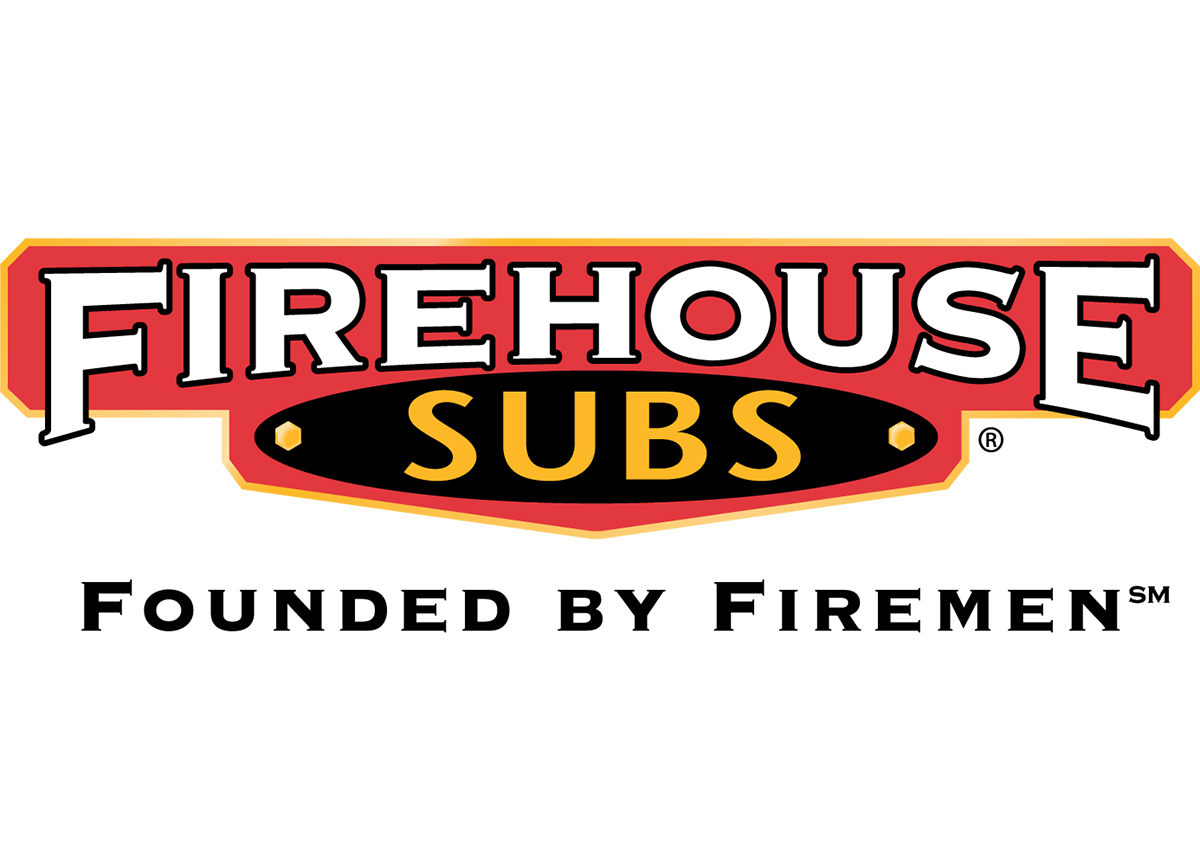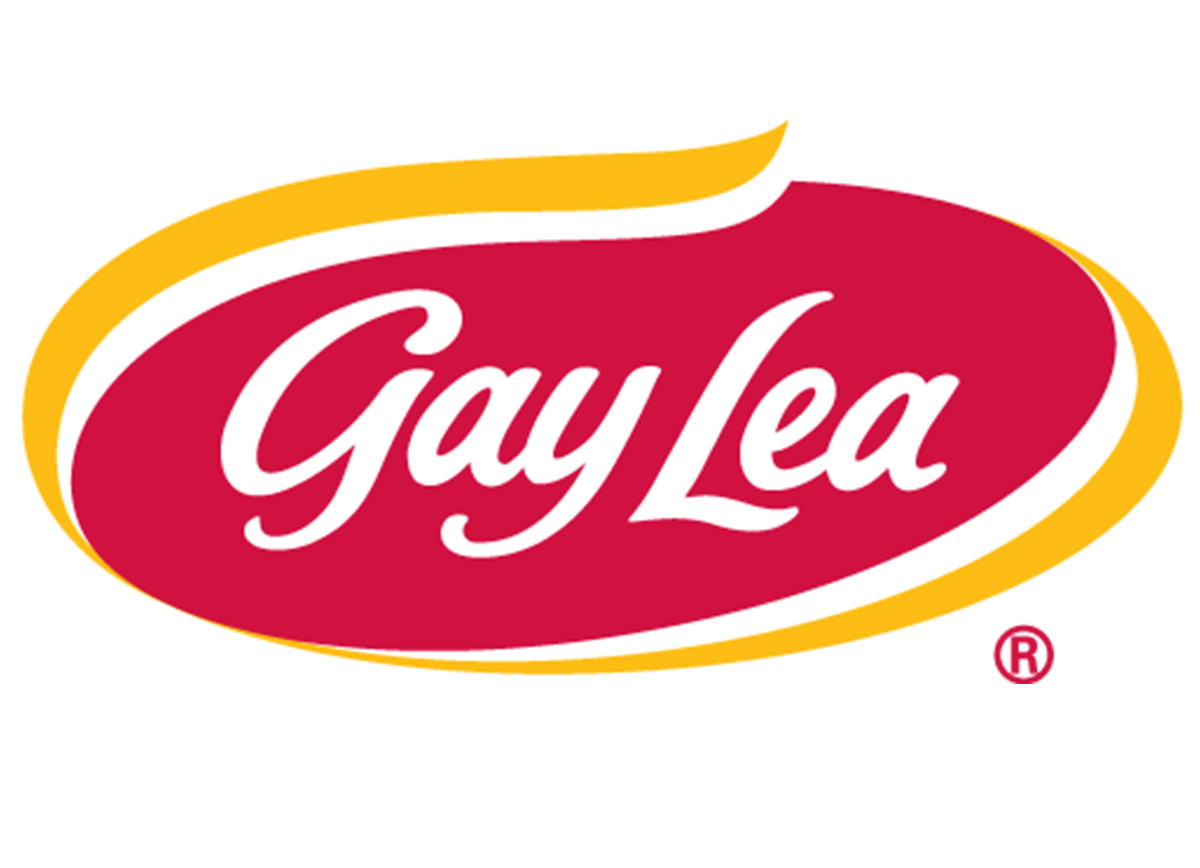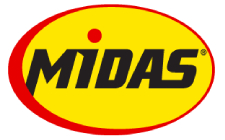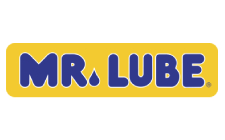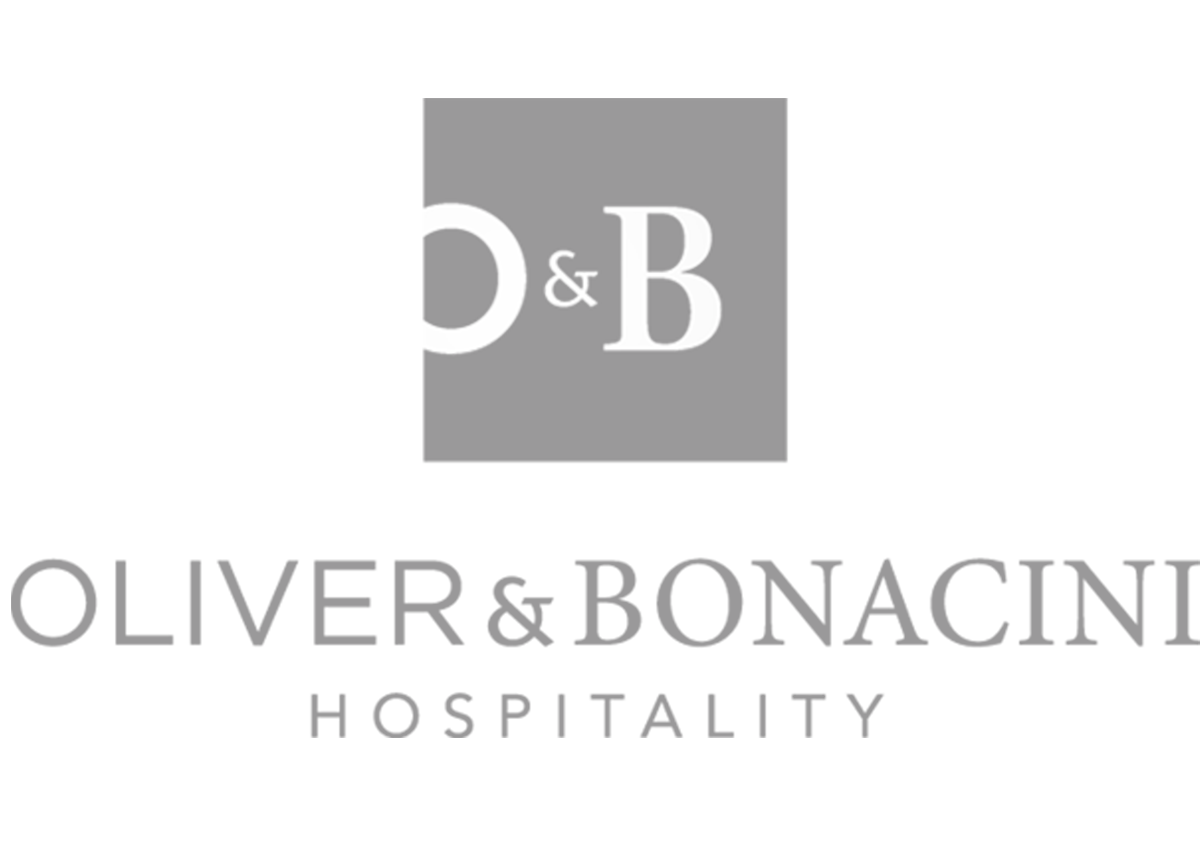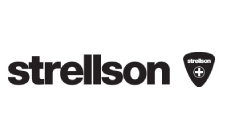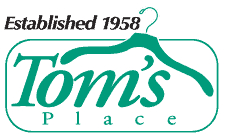Great weather often creates an urge to spark up the barbeque! Before you do that, it is a good time to review safe practices!
If you are buying a new barbeque choose carefully and insure it has a CSA, ITS or ULC label. Read and follow the operator instructions, and if necessary have it serviced and assembled by a trained professional.
If you are connecting to the natural gas source from your home, make sure the fitting was installed by a certified gas fitter, gas connections are not a Do It Yourself project. Make sure the barbeque is designed for natural gas rather than propane. When you connect the hose to the fitting have a 50/50 soap and water solution ready to check for leaks. Brush it onto the joints, if you see bubbles forming you have a leak. Never light a barbeque until all hose connections are tight and leaks sealed.
When using a propane barbeque, note that portable propane tanks have a 10 year expiry date. Check the age of your tank, if it’s over 10 years it will have to be recertified to be filled. Propane tanks should be transported in the upright position. They should be stored outdoors in a dry place, away from extreme heat sources, on a non flammable product i.e. concrete, and never underneath the working barbeque.
Check the condition of your barbeque before lighting. Remove debris and inspect the burner. If it is corroded, replace it before you light the barbeque. The barbeque should be a minimum of 1 meter (3 feet) away from buildings, away from wind and flammable materials. Never use a barbeque indoors, doing so causes a build-up of poisonous carbon monoxide gas. Check the flexible hose. If you find cracks or damage replace the hose before using the barbeque. Clean the tubes underneath the burner – insects and debris can accumulate inside these tubes. If your barbeque connection area has an “o” ring, check it every time you connect the cylinder. Replace missing, deformed, cracked or damaged “o” rings.
To prevent the build-up of gas when you are lighting the barbeque, have your igniter (match or electronic sparker) ready to go before you turn on the gas. Light the burner immediately after turning on the gas. If for some reason you are delayed, turn off the gas and wait a few minutes for the gas buildup to dissipate. Never have your face or skin near the burner when lighting. Keep children well back from barbeques at all times, especially when lighting.
When you are finished cooking turn of the burners and shut off the gas supply. A cover will prevent corrosion.
Have a Happy and Safe barbequing season!
- Access Control
- Alarm monitoring
- Alarm Systems
- cannabis
- cannabis retailer
- CCTV Cameras
- Childproof Doors
- Commercial Security
- Construction Security
- Cybersecurity
- Digital Safety
- Door Bell
- Ethernet
- fire
- flood
- garage
- General Category
- Halloween
- holiday
- home
- home automation
- Home Safety
- Home Security
- Home Security System
- In the News
- intercom
- internet
- life insurance
- Locksmith
- Move Ahead
- moving
- MUL-T-LOCK
- natural disasters
- New Years
- Office Security
- Personal Safety
- Pet Protection
- real estate
- Safes
- Safes
- safety
- school
- Security Cameras
- Security Film
- Security Industry News
- Security Systems
- Security Tips
- security window film
- Senior Safety
- shoplifting
- Small Business
- Small Business security
- social media
- social network
- Sports Safety
- summer
- vacation
- Video Alarm Monitoring
- web
- web surfing
- Webdesign
- Window Film
- winter
- Workplace safety











